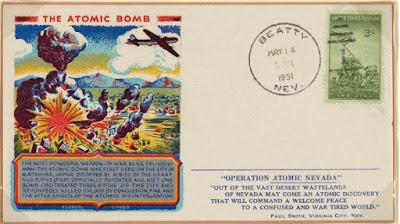K2, often referred to as the "Savage Mountain," is renowned for its extreme difficulty and high fatality rate. Here are more details about K2 and the historic 1954 ascent:
The Mountain:
- Location: K2, also known as Mount Godwin-Austen is located on the border between Pakistan's Gilgit-Baltistan region and China’s Xinjiang region in the Karakoram Range.
- Height: 8,611 meters (28,251 feet), making it the second-highest peak in the world.
- Terrain: The mountain is known for its steep, icy slopes and unpredictable weather, which contribute to its reputation as one of the most challenging climbs.
The 1954 Italian Expedition:
- Leader: Ardito Desio, an accomplished geologist and explorer, led the expedition.
- Summiters: Lino Lacedelli and Achille Compagnoni were the two climbers who successfully reached the summit on July 31, 1954.
- Team Members: The team also included Walter Bonatti, a young climber who played a crucial role in supporting the summit push by delivering oxygen supplies to Lacedelli and Compagnoni at a critical high-altitude camp.
- Route: The team ascended via the Abruzzi Spur, which remains the most popular and well-known route to the summit of K2.
Challenges and Achievements:
- Technical Difficulty: K2 is known for its technically demanding climbs, with features like the Black Pyramid, the Bottleneck, and the Serac.
- Weather: Climbers often face severe weather conditions, including strong winds, heavy snowfall, and sudden storms, which can make the climb extremely perilous.
- Fatality Rate: Historically, K2 has had one of the highest fatality rates among the world's tallest mountains, with about one in four climbers not returning.
Legacy:
- Historical Significance: The successful ascent of K2 by the Italian team was a monumental achievement in the history of mountaineering. It demonstrated human endurance, teamwork, and the ability to overcome one of nature's most formidable challenges.
- Impact on Mountaineering: The expedition set a precedent for future climbs and established many of the techniques and strategies used in high-altitude climbing.
K2 remains a coveted but dangerous goal for mountaineers from around the world, symbolizing the ultimate test of climbing skill and endurance.
























